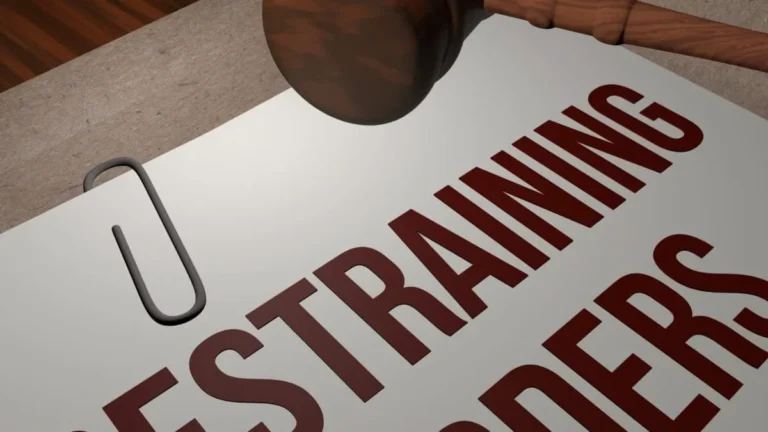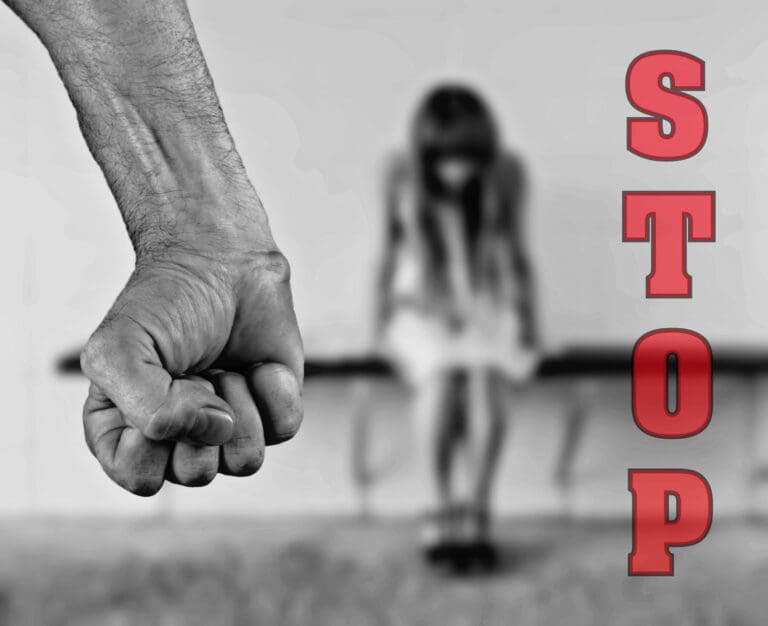Domestic Violence

Domestic Violence: Legal Safeguards and Understanding Your Rights
Domestic violence, an unfortunate yet significant issue, remains a prime concern in societies across the world. This form of violence occurs within domestic settings, usually between intimate partners or family members, and can be physical, emotional, or psychological.
Historical Context of Domestic Violence Laws
Historically, domestic violence was not recognized as a distinct legal category. However, with the rise in awareness and advocacy, numerous countries have established dedicated legal frameworks to address and mitigate the issue.
Immediate Steps in the Wake of Domestic Violence
If you or someone you know faces domestic violence, immediate safety is paramount. Consider:
- Seeking Medical Attention: If injured, get medical help immediately.
- Reporting: Alert local law enforcement about the incident.
- Gathering Evidence: Document injuries, damages, or any relevant communication.
Legal Rights for Victims
Understanding your rights is crucial:
- Protective Orders: Victims can obtain protective orders, which can prohibit the abuser from contacting or approaching them.
- Legal Representation: Having a lawyer who specializes in domestic violence cases can be invaluable.
- Confidentiality: Victims have the right to confidentiality, ensuring their protection from the abuser.
Practical Tips
- Stay Informed: Stay updated on local resources and shelters dedicated to domestic violence victims.
- Safety Planning: Develop a safety plan, detailing how to escape dangerous situations.
- Seek Support: Lean on trusted friends, family, or support groups.
Legal Considerations
Navigating domestic violence cases requires an understanding of specific laws and regulations. It’s essential to be aware of state-specific laws, the rights of victims, and potential legal penalties for perpetrators.
Concluding Thoughts
Domestic violence is a multifaceted issue, requiring societal and legal intervention. As we continue to advocate for the rights of victims, it’s crucial to equip oneself with knowledge, understanding, and the right resources.
____________________________________________
Domestic Violence and Criminal Law: A Guide to Legal Rights and Resources
Domestic violence remains a pervasive issue, affecting millions globally. It transcends social, economic, and geographic boundaries, making it a focal point for criminal law. Understanding the legal frameworks that address domestic violence is crucial for victims seeking justice and protection.
Domestic violence, a term that encompasses various forms of abuse within intimate relationships or family settings, has long been the subject of legal scrutiny. Criminal law aims to protect victims and prevent further abuse by implementing stringent measures against perpetrators. This article explores the intricacies of criminal law related to domestic violence, offering insights into legal rights, support systems, and resources available to those affected.
Legal Definitions and Protections
Criminal law defines domestic violence broadly, including physical abuse, emotional manipulation, sexual assault, and economic deprivation. Jurisdictions worldwide have enacted laws to address these crimes, providing a legal framework for protection and prosecution. In many countries, domestic violence is recognized as a criminal offense, warranting intervention from law enforcement agencies and the judicial system.
Navigating the Legal System
Victims of domestic violence often face challenges when navigating the legal system. From reporting the abuse to securing a restraining order, the process can be daunting. It’s essential to understand your rights and the legal procedures involved. Many jurisdictions offer legal aid services to help victims through this process, ensuring they have access to justice and protection.
Support Services and Resources
Beyond the courtroom, support services play a vital role in assisting victims of domestic violence. Shelters, counseling, and crisis hotlines provide immediate safety and emotional support. Additionally, legal advocacy groups offer guidance on legal rights and proceedings, empowering victims to make informed decisions about their cases.
Preventive Measures and Education
Preventing domestic violence requires a multifaceted approach, including education, community outreach, and legal reform. Raising awareness about the signs of abuse and the importance of healthy relationships is vital. Educational programs targeting young people can play a significant role in preventing domestic violence by instilling values of respect and equality.
The Role of Society
Society as a whole has a responsibility to combat domestic violence. This involves challenging the stigma associated with victimhood, promoting gender equality, and supporting legislative changes that protect victims and hold perpetrators accountable. Community support is crucial in creating a safe environment for victims to come forward and seek help.
Conclusion
Domestic violence is a critical issue that demands attention from the legal system, support services, and society at large. Understanding the legal rights and resources available is the first step towards combating this pervasive problem. As we continue to advocate for stronger protections and support for victims, it’s essential to remember that ending domestic violence requires a collective effort. By educating ourselves and supporting those affected, we can make strides towards a safer and more just society.



